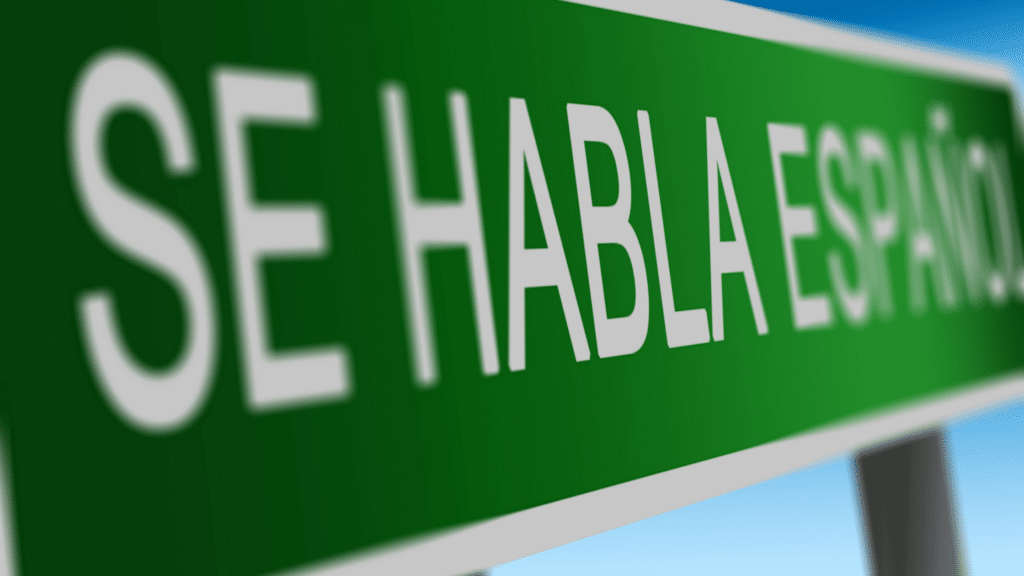
Can You Learn Spanish Without Rolling Your R’s?
Spanish is an official language in 20 countries and is widely spoken in 22. It has the 2nd largest number of native speakers, which puts it ahead of English. The most spoken language in the United States other than English is Spanish. So, if you are considering learning Spanish, you are choosing a second language very wisely.
Learning a language comes with many challenges. One of the questions that potential Spanish students tend to bring up is “Can you learn Spanish without rolling your r’s?” The short answer? Yes! For the longer answer, keep reading!

To Roll or Not to Roll?
The rolled “R” is a sound that does not exist in the English language. Although you can learn how to roll your R’s as an adult, it is likely to prove quite difficult. Like most things relating to language, this sound is best learned as a child. If you are up to the challenge and are ready to practice for hours on end, check out this tutorial for how to roll your R’s. As important as it may seem to learn how to roll your R’s, it is not necessary for becoming fluent in Spanish. Proof of this is the whole country of Costa Rica does not roll their R’s. Check it out in this video. So, rest assured that you can be fluent in Spanish without the elusive rolled R sound.
 Flapped R
Flapped R
Many newcomers to the Spanish language do not realize that there are two different R sounds in the Spanish language: the rolled R and the flapped R. The flapped R is any single R in Spanish. The words puerco, cara, and tres all contain flapped R’s. The good news for English speakers is that the sound of a Spanish flapped R does exist in the English language. You will not find the sound coming from an R though. The Spanish flapped R sound takes the form of double T’s or double D’s in American English. For example, the sound of the double T in the word butter or the sound of the double D in ladder make the same sound as a Spanish flapped R. It is almost like a soft D sound. So, instead of saying “trays” for tres, try something that sounds more like “todays.” That way, you will be a bit closer to the actual pronunciation.

So, should you start on your Spanish learning journey, if you are not able to roll your R’s? Yes! There are whole Spanish-speaking populations that are in the same boat as you are! Rolling your R’s is not a requirement for learning Spanish! There are tricks you can use to help you pronounce flapped R’s better, which is the more important sound that affects understandability more often than rolled R’s. If you are ready to take the plunge, check out our online Spanish classes with a professional teacher. Learning Spanish is just a few clicks away!






Responses